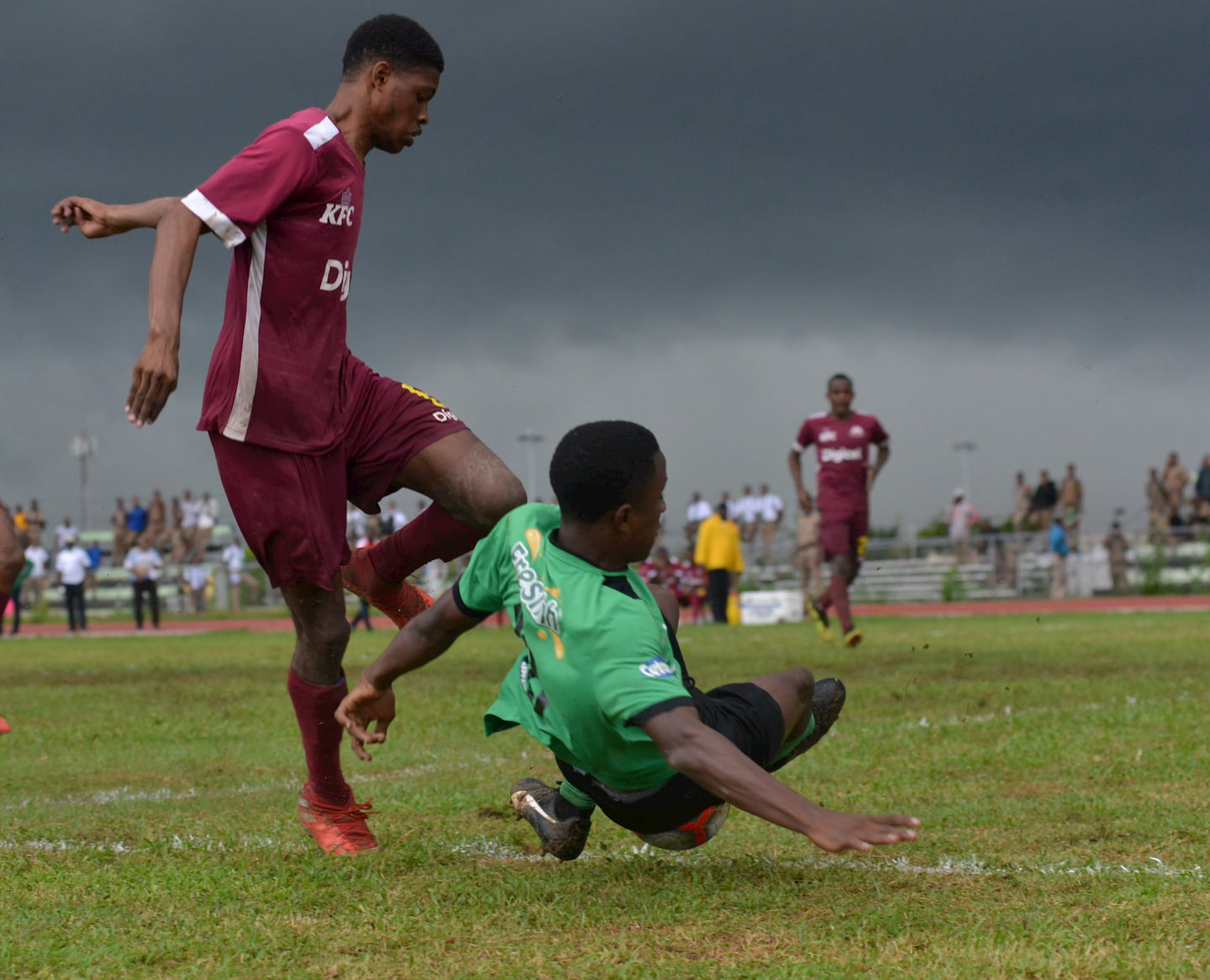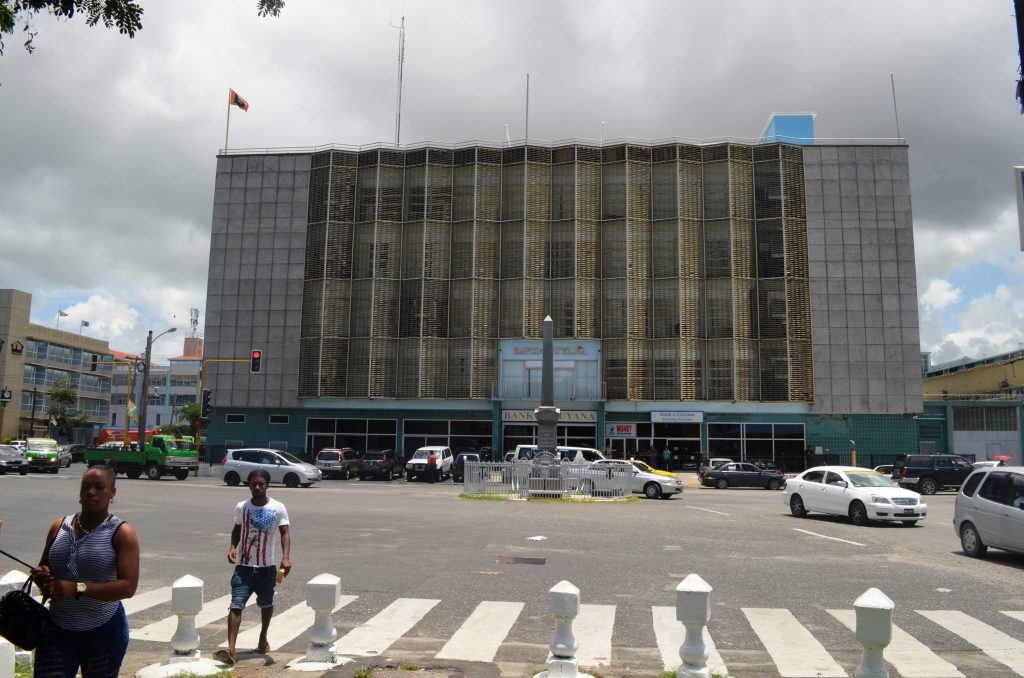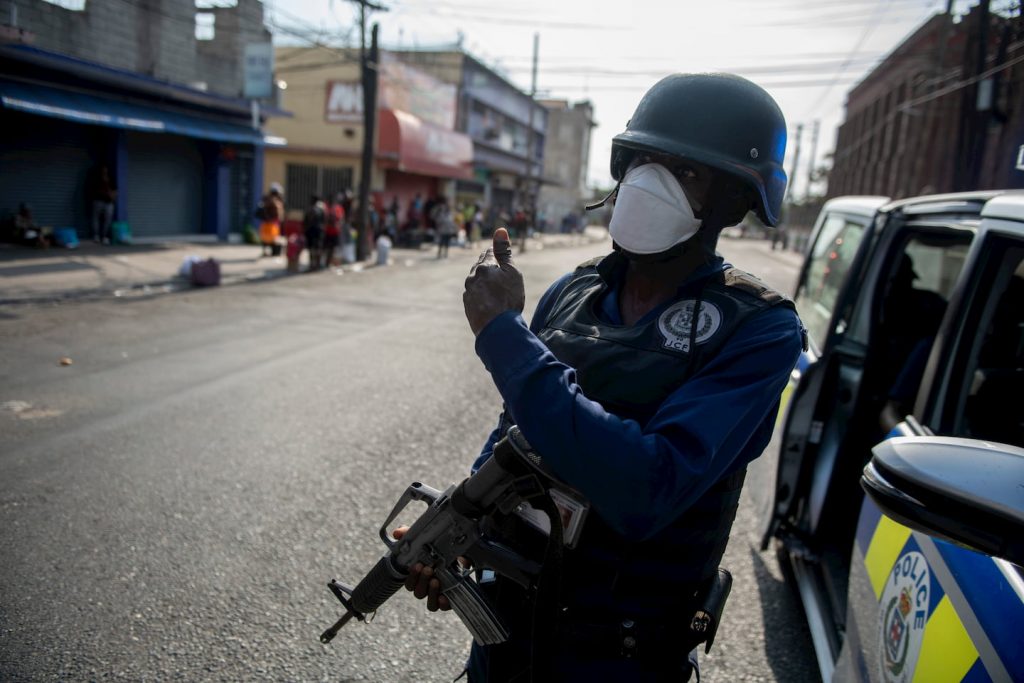There is a tendency to pay little or virtually no attention to situations never yet experienced.
Point of reference is the lightning effect on some players participating in the recent ISSA Manning Cup football game between Jamaica College and Wolmer’s Boys’ at Stadium East, with Wolmer’s leading 2-1 and six minutes remaining in regulation time. Jamaica College’s Terrence Francis and Dwayne Allen of Wolmer’s were the players most impacted, and both were taken to the University Hospital of the West Indies (UHWI), where they underwent treatment and observation.
This situation is most unusual, and one generally has to be sympathetic on these occasions, given the level of unpredictability.
Since the JC-Wolmer’s game, the man in the middle, referee Karl Tyrell, has faced huge backlash from all corners, many insisting that the match – which was played in rainfall – should have been called off earlier.
As things now stand, that judgement is at the referee’s discretion, as high-school sports’ governing body, the Inter-Secondary Schools Sports Association (ISSA), has no protocol as it relates to lightning.
The same applies to the country’s ruling body for football, the Jamaica Football Federation, as it also functions without a lightning protocol. I feel pretty confident this same circumstance applies to most bodies governing outdoor sport in this country.
This most unlikely situation, which has now become reality in a major competition here, is part and participle of our very existence as humans, being creatures of habit. We rarely, or never, witness people being struck by lightning!
This, by no means, excuses the lack of a lightning protocol for outdoor sports, irrespective of the nature of play, be it competition or otherwise. Lightning is, in fact, a possibility, and bases should be covered as far as possible in the rule books.
Greater significance envelopes this situation as the severity of such an occurrence extends way beyond the playing field, to officials, spectators, and people generally in an area experiencing thunderstorm activity.
Regulatory standards can easily be reshaped, or in this case established for competition as there is a general lightning protocol utilised by FIFA and other regional football bodies and jurisdictions, the 30-30 Rule.
Basically it is a flash-and-bang theory stating that if a flash strike is followed by thunder in less than 30 seconds, then lightning is too close for the continuation of play.
Second, if this happens, play should be suspended until at least 30 minutes. But only after lightning and thunder has stopped occurring within 30 seconds of each other. This constitutes the method of measurement as repetitive flash and bang within 30 seconds indicate rapid advance and increasing danger.
When one is struck by lightning, here are a few pointers, as dictated by medical journals:
- Check if the victim has stopped breathing.
- If the heart has stopped beating, a trained person should give CPR. If the person has a pulse and is breathing, any other injuries should be addressed, checking for burns in two places. The injured person has received an electric shock and may be burned, both where struck and where the electricity left their body.
- Being struck by lightning can also cause nervous system damage, broken bones, and loss of hearing or eyesight.
- Importantly, people struck by lightning carry no electrical charge and cannot shock other people.
According to the United States’ National Severe Storms Laboratory, lightning can strike as far as 10 miles from the area where it is raining, or even where it is not raining. If you can hear thunder, you are within striking distance.
Lab findings also state that a lightning bolt averages three to six miles in length and thunderstorms average 25 miles per hour. And as pointed out above, lightning can strike from a clear blue sky.
Prior to the recent game, most of those playing, spectators and well-thinking individuals operated without paying particular attention to lightning possibilities. This connects with our natural way of thinking.
I recall the youthful days when my friends and I gleefully embraced opportunities to play ‘rain ball’. For us, the best time to play ball was in the rain. We cared nothing about lightning and thunder. And none of us was ever struck.
This habit of ours extended to competition, and so we played, without fear of lightning, right throughout our careers.
It is a thing with rain for our generation, as we felt and behaved in like manner when advised by the Meteorological Service there was a storm at sea headed our way, only to get some more rain, some flooding, and happily, a day or two off from school. That was until Hurricane Gilbert struck. That brought real experience. Kind of the ‘boy crying wolf’ situation. This is, in fact, real.
It is the reality of this situation that has now led to the backlash being felt by Tyrell.
Off the field, he is a science and physical education teacher at Hillel Academy, and on it, a referee of distinguished standing with a FIFA badge, who has officiated internationally in a variety of countries and hemispheric conditions.
So one could reasonably argue that Tyrell is experienced enough to make that judgement.
Speaking with persons who were present at the game, one gets the impression that even though there was “a little lightning strike” prior, the nature of the occurrence was not alarming. Hence they also believe he made the correct call in allowing play to continue.
This is where regulations laid down by the sports’ governors would come in handy. For instance, one would be mandated to immediately suspend play if there is reported thunderstorm activity in the area and a first sighting of lightning.
That would, for a start, absolve officials from blame.
More important, though, it would improve the safety of players and spectators, which is what this is all about.
Obviously, the requirement is greater to include spectators, who never seem wary of the dangers they face. Admittedly, there are not many preferred building structures at our grounds to shelter both players and spectators, which enables the threat.
In the US, for example, people are directed to leave the field for safe shelter, which includes hard-top vehicles, with windows closed. Dug-outs are not suitable. The best options, really, are buildings equipped with electrical and telephone wiring, plus plumbing, to provide a safe pathway for current to reach the ground.
People who live in areas that regularly experience thunderstorms actually live these safe practices. Less than two months ago, I was standing in the midst of a valley surrounding by limestone hills in St Elizabeth’s Cockpit Country. It was nearing 1:30 p.m. and suddenly, the sunny skies were disappearing, replaced with darkening clouds.
Someone from the area shouted, “Come, let’s move.” I was surprised, but reacted, more out of shock about why they were darting to get inside the vehicles on location. Once inside and with windows fully wound up, they explained the signs of a daily thunderstorm sequence, and the regularity of people being struck by lightning in that area.
With thunderstorm activity high in the past couple weeks, a number of Manning Cup matches have since been called off since the one-in-a-million lightning strike in Monday’s JC-Wolmer’s game.
As unpredictable and unlikely an occurrence, lightning has struck and all precaution must be taken to spare one more victim.
This reality desires immediate implementation of a lightning policy for outdoor sporting events.







